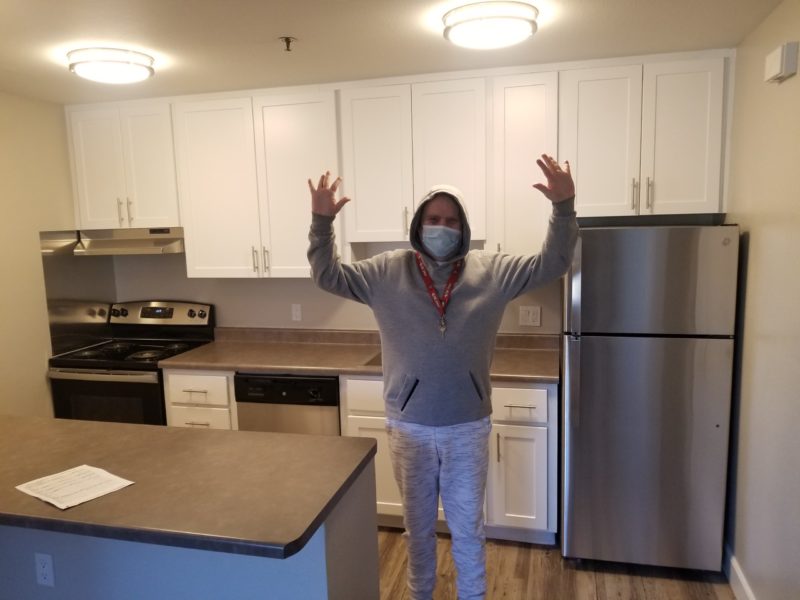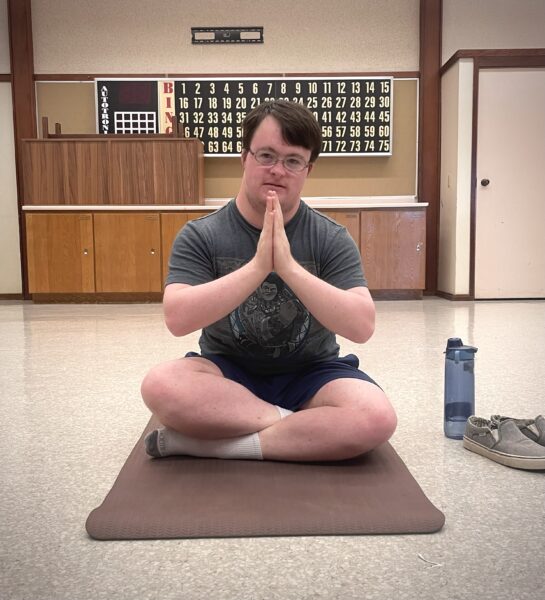Supported Living Services (SLS)
SLS empowers adults with intellectual and developmental disabilities (IDD) to live in homes of their own, with 24-hour services that are customized to meet their needs. The four tenets of SLS are:
1) a home of one’s own
2) choice and self-direction
3) community membership and inclusion
4) flexible, tailored services and supports

Las Trampas is proud to have been one of the first organizations to pilot supported living programming in California as part of its Supported Living Demonstration Project.

Independent Living Services (ILS)
ILS focuses on supporting individuals through intensive training on independent living skills such as mobility and community access, budgeting and money management, personal and grocery shopping, cooking, and housekeeping. The goal of ILS is for individuals to attain the skills needed to live independently with the greatest degree of autonomy and choice possible, and less reliance on paid supports.
